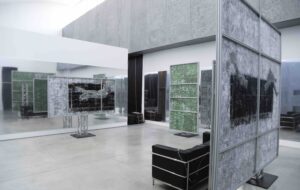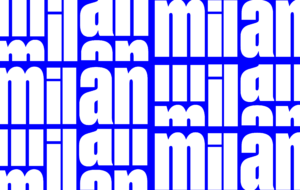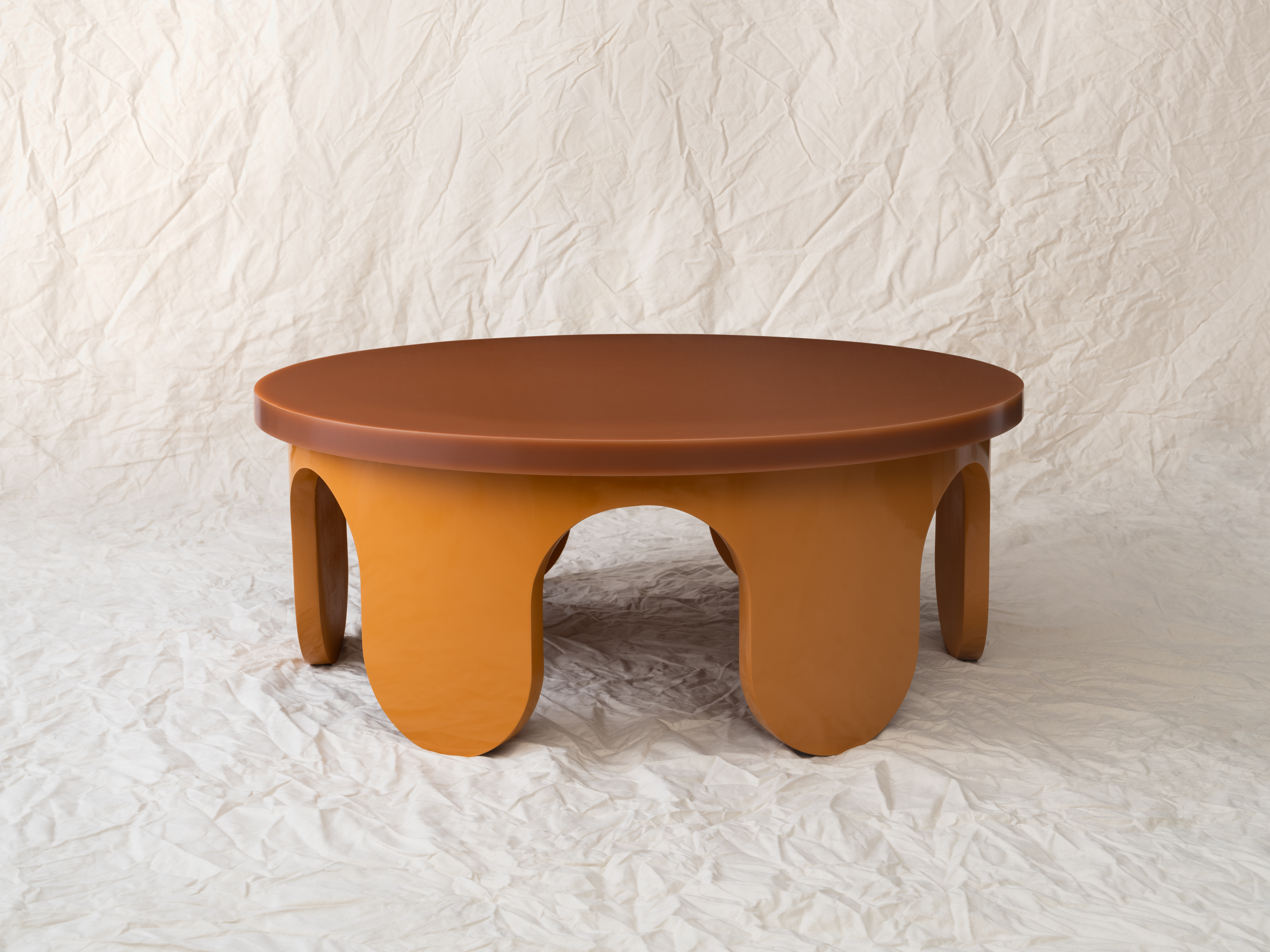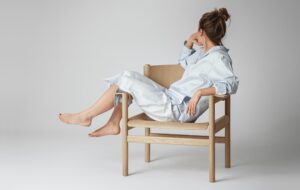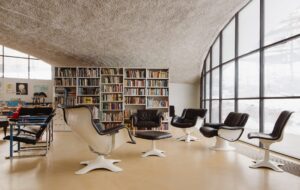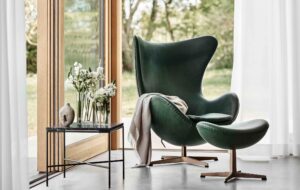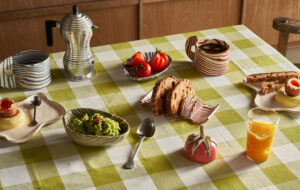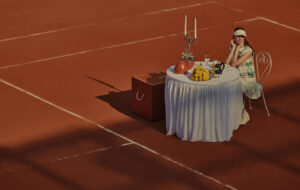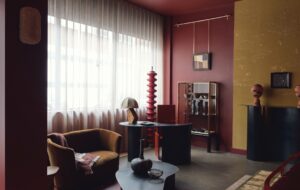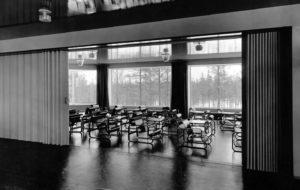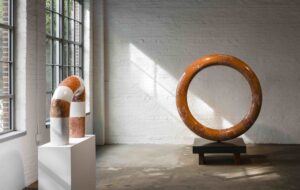|
|
||
|
Probably, we all have a collection of coat hangers. On the other hand, I don’t imagine any of us would actually consider it a collection. It is just something that happens. An accidental accumulation of a few neatly shaped wooden ones, a couple of nasty plastic store hangers and the bendy wire ones you get back from the dry cleaners and that somehow seem to stick around. But designer Sebastian Bergne actually does collect them. London-based Bergne’s oeuvre embraces a series of takes on familiar objects. From kitchenware to cheeseboards, glasses to corkscrews, each of his products performs a twist on the ordinary to create a useful object that makes the user think a little about how things are used. One of his designs, the 1996 Mr Mause for Driade, is, in fact, a coat hanger. A hybrid of brush and wire, it was designed to overcome the problem of the shape of the hanger becoming defined in the item of clothing; it supports the jacket or dress on a multitude of tiny points instead. It has, apparently, also become popular for hanging up wet shirts to dry. “That was one from my ‘readymades’ period,” Bergne says.
“Coat hangers interest me,” he continues “because the function of every one is pretty much similar but they are an illustration of how people think about and solve the same problem. It is a very basic problem but there are so many ways of approaching it. It’s a bit like designing a chair – it’s a solution to a single problem.” What kind of hangers does he have? He answers a little sheepishly, as if suddenly realising that talking about a coat hanger collection might not have been such a good idea. “There are wooden ones and wire ones, of course, but there are also some with a secondary function, that fold away for instance, or that hang trousers too. There are even inflatable hangers.” With some designers, their collections may not necessarily relate directly to their designs – the influence might be oblique. Not with Bergne. Not only has he designed that coat hanger for Driade (which was the first of his products I became aware of) but he also designed the very elegant and very successful Candloop. This seductively simple design is a take on the bistro cliché of the candle jammed into a wine bottle. But rather than creating the inevitably waxy mess, the Candloop makes the bottle into a candelabra base; the pair of candles are suspended on cantilevered wire arms that meet in a loop which is inserted into the neck. The prototype was made from a bent coat hanger – and it shows, the sloping shoulders of the arms still evoking the familiar shape.
Coat hangers are not Bergne’s only collection (he doesn’t actually buy hangers any more – though they are sometimes still given to him as gifts). They are joined by a steadily growing collection of measuring devices. These, in turn, appear in an even less mediated manner in Bergne’s recent designs, many of which play with the aesthetics of measurement. “It’s an interest in precision but also in the graphics of these devices. They can be extremely beautiful things.” He describes some of his star buys: “There’s a flexible leather ruler, an embossed ruler for blind people which you can count along the edge of with your fingers, there’s a 5m telescopic surveyor’s ruler … “ These rulers have inspired a whole language in Bergne’s recent work. Most literally there’s his Measuring Square, a silk scarf for the Conran Shop that takes its patterns from some of the designer’s beloved rulers. “We really struggled to make it as accurate as possible,” Bergne says, “as the silk shrinks and the Italians who made it had to gauge how much.” “The graphics of measurement are completely functional, they’re dry and objective but when they become patterns on the scarf they become luxurious.”
I also rather like his Bandit. “That one was for the naughty schoolboy in all of us, it’s a ruler that fires elastic bands.” There are also a couple of calendars: the Ring Calendar, a series of concentric rings that swivel to show the date; and the Monthly Measure, a saw-tooth profiled length of wood along which a star-shaped metal ratchet-wheel rolls to indicate the date and month. A complex series of markings, like some kind of sophisticated statisticsgraphic, also appears on Bergne’s family of cheeseboards, Cut & Serve. There’s a round board with lines radiating from the centre like a protractor, another with parallel striped markings and a third with lines radiating from a single point at one end. What do they measure, I ask. “Oh, they’re just decoration,” Bergne responds, “although they do indicate ways of cutting the different cheeses.Measurement is all about rules and precision. But what I find fascinating as a designer is how those rules are expressed.” |
Image Michael Thomas Jones
Words Edwin Heathcote |
|
|
||


